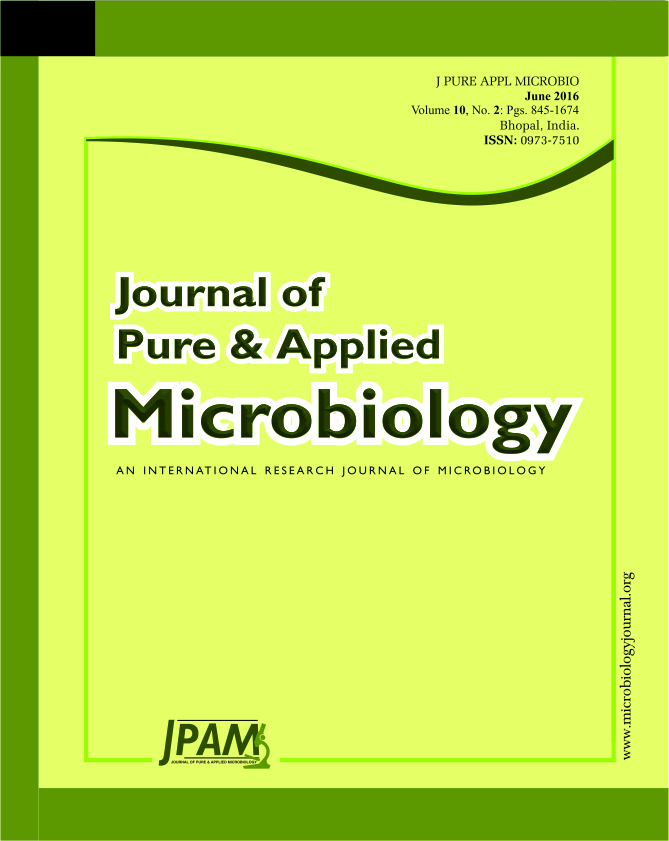Obesity is a worldwide community health hazard that has direct implications on reduced lifespan. Obesity induced T2DM is an inherently complex and multi-factored disease, for that reason the intricate mechanistic links remain unclear. An improved understanding of the molecular mechanisms of obesity induced T2DM would greatly help in the appropriate selection and implementation of therapeutic interventions and also lifestyle changes in susceptible individuals. The purpose of this work was primarily to address two objectives. First, to understand the perturbations induced by internal factors in obesity by performing meta-analysis of published microarray data from different, but similar studies to identify meta-gene expression signatures that were not observable in individual studies. Second, perform an integrated pathway enrichment analysis of meta-gene expression signatures to investigate the combined characteristics of the meta-gene expression signature in the pathogenesis of obesity induced T2DM. Our meta-analysis study have identified an improved set of dysregulated gene signatures for obesity that were not identified in individual studies. Further, an integrated pathway enrichment analysis had revealed a significant enrichment for pathways involving Il1rl1, Snap25, Ccl11, Cxcl13 and Fmo1, indicating a probable macrophage infiltration in rat visceral white adipose tissues. However, further investigation with a more comprehensive dataset is needed to draw better conclusions.
Obesity, Meta-analysis, Microarray, Integrated pathway enrichment analysis, Rattus.
© The Author(s) 2016. Open Access. This article is distributed under the terms of the Creative Commons Attribution 4.0 International License which permits unrestricted use, sharing, distribution, and reproduction in any medium, provided you give appropriate credit to the original author(s) and the source, provide a link to the Creative Commons license, and indicate if changes were made.


